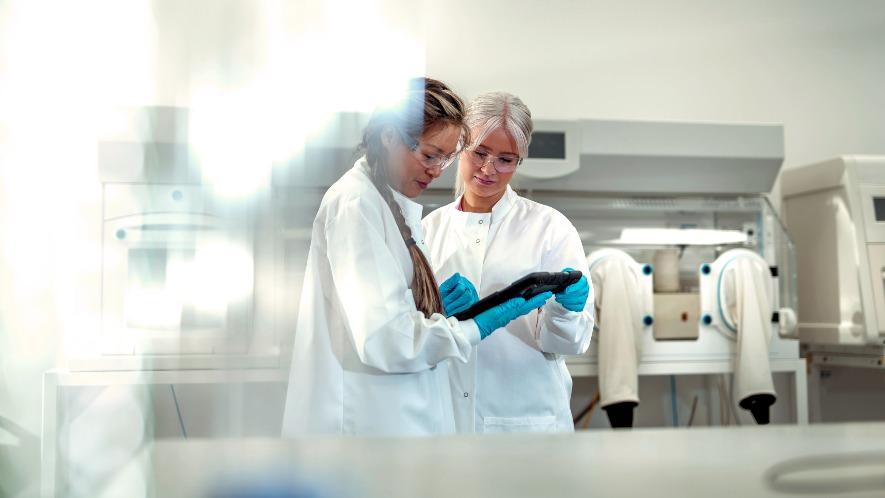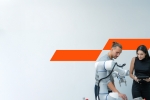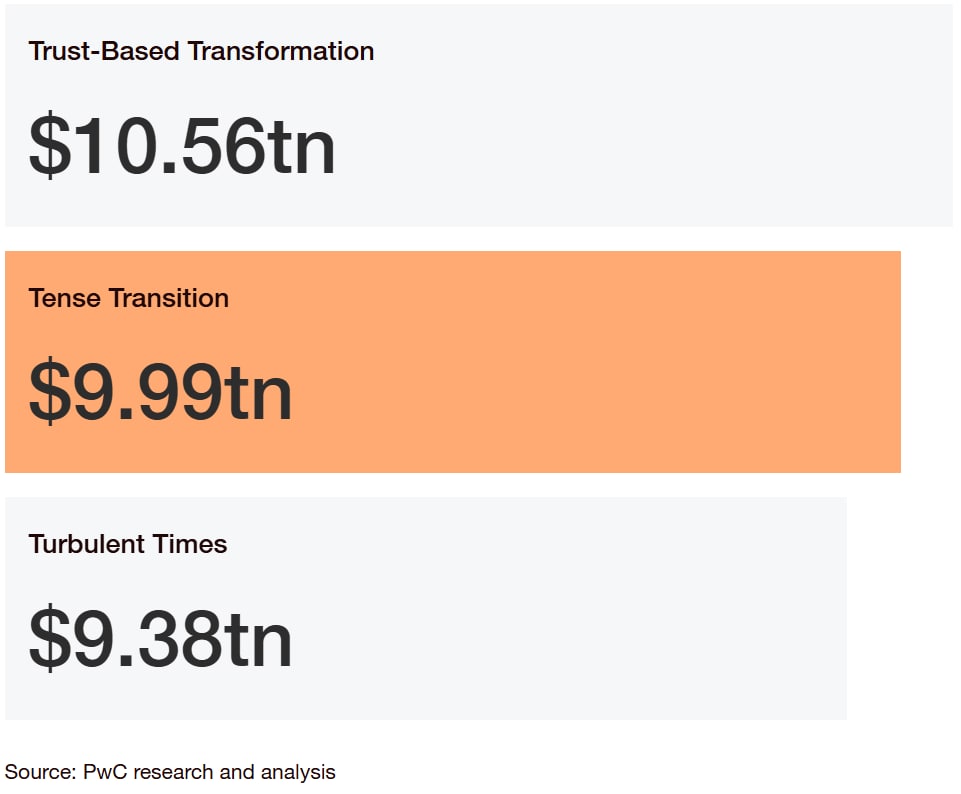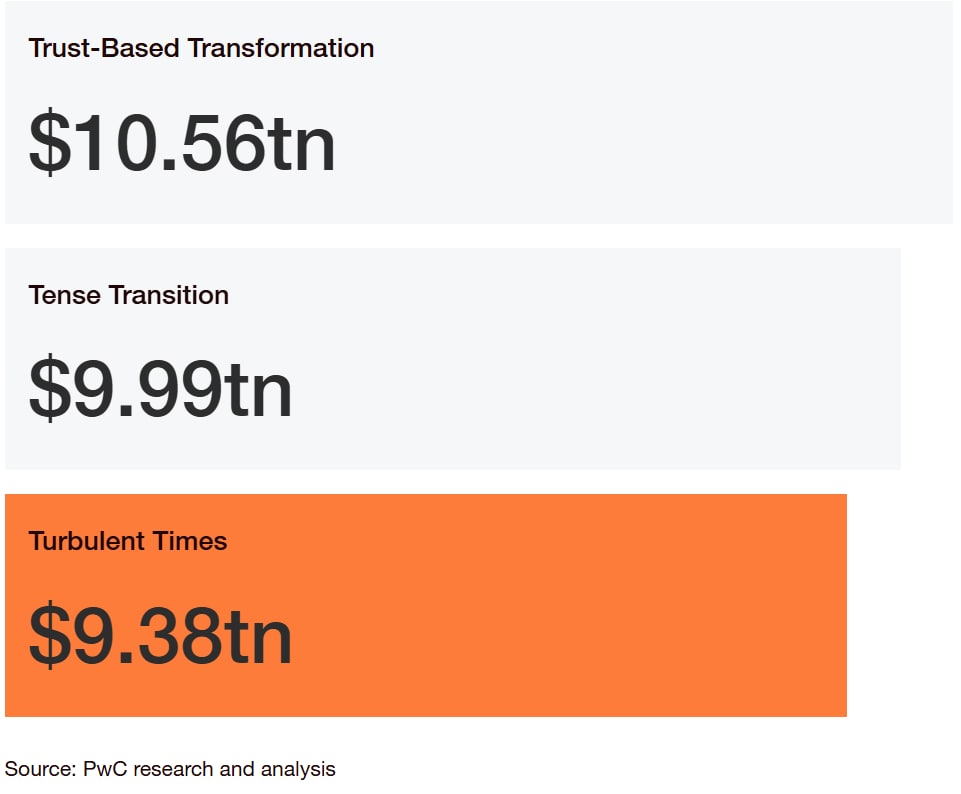Due to growing pressure on healthcare, particularly from staff shortages, it is vital to provide care that is scalable, effective, affordable, preventive and personal.
How we care

Healthcare is a valuable field where care and support for people comes first
In the past, care organisations – including hospitals, GPs, long-term care organisations, mental health services, welfare organisations, life sciences companies and insurance firms – worked in different areas. But global major trends, such as AI and the demand for more sustainable solutions, are quickly changing what people want from care systems and how these needs can be met. At the same time, science and technology are expanding what is possible.


New areas, such as personalised care and support, prevention and technology for organisations active in the care and welfare market, are gaining more influence. Digital technologies, particularly AI, promise to improve the efficiency and effectiveness of care practices by providing advanced diagnostic tools, predictive analysis, triage and virtual care. If organisations embrace such initiatives, as much as 216 billion dollars in healthcare revenue could be redistributed worldwide by 2025. By 2035, the Care field could grow to contribute 9.31 trillion dollars to global GDP – seven percent of total output.
Dutch care changes under pressure
Dutch healthcare stands at a turning point. Staff shortages represent the biggest challenge according to 65 percent of care leaders, but behind this challenge lies a chance for fundamental renewal. Through co-creation between care organisations, insurers, technology companies and the pharmaceutical sector, groundbreaking solutions are already emerging that shape tomorrow's care.
Dutch innovations point the way forward. Regional partnerships such as the ‘Zeeland care coalition’ tackle staff shortages strategically, whilst digital care programmes such as 'Care at your place' from Santeon effectively support patients at home. Additionally, the ‘Social Approach to Dementia’ shows how cross-field funding and collaboration creates real added value by putting the person at the centre rather than the illness. We see how cross-field collaboration, smart staff deployment and targeted digitalisation drive the sector forward. The Netherlands has the expertise and innovation power to lead this transformation – so you can build personalised care that works.

'Today's care crisis is tomorrow's innovation opportunity. By using digitalisation for remote care and strengthening regional collaboration, we transform staff shortages into efficient care delivery.'
Growth depends on major trend development
To get a clear picture of how the Care field might look in 2035, we have modelled the possible worldwide economic impact of two of the most urgent major trends: technological disruption (mainly through AI) and the demand for sustainable solutions.
The result is three varying scenarios that match a range of outcomes, from a minimum of 9.38 trillion dollars to a maximum of 10.56 trillion dollars. The nature and scale of these new business opportunities occurring in the Care field depend on how adoption of AI and sustainable solutions progress. Three scenarios can help Care field leaders think about what the future might hold.

Sizing the Care opportunity
The nature and scale of the new business opportunities that emerge in the Care domain will depend on how AI adoption and climate action progress. Your strategy should account for a range of possible outcomes. Three scenarios can help leaders in the Care domain consider what the future might bring.
Learn more about the three divergent tomorrows
To prepare for multiple future scenarios, you must act today
The process of reinvention must begin now, with a focus on priorities that respond to the restructuring already underway. This means working hard on a range of innovation requirements. Investing in labour-saving measures such as digitalisation and new business models is necessary to make care future-ready.
How to win in the Care domain
Explore all new domains
Select from the nine domains below to learn how they are forming, the size of the opportunity and how to seize the value in motion.
Contact us

Partner, Consulting Lead, Ministerie van Volksgezondheid, Welzijn en Sport, PwC Netherlands
Tel: +31 (0)61 089 31 82


















